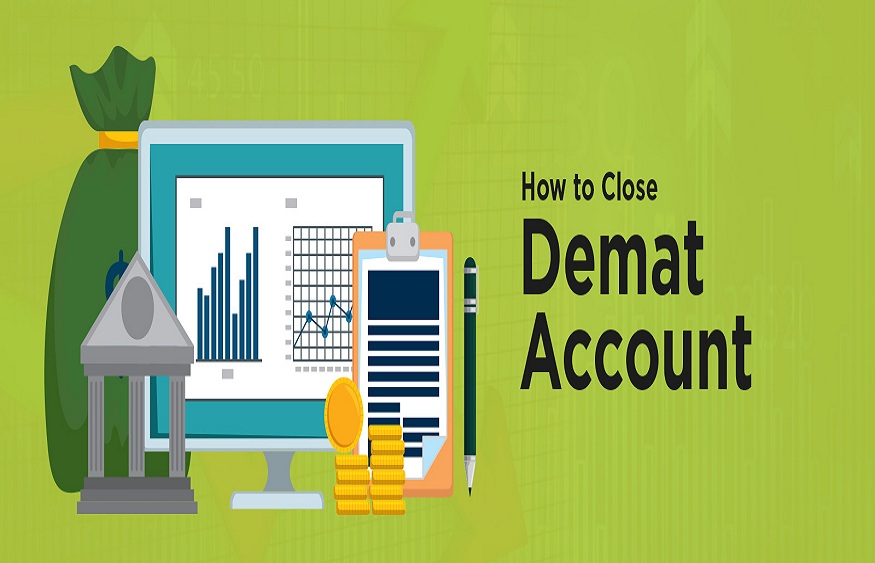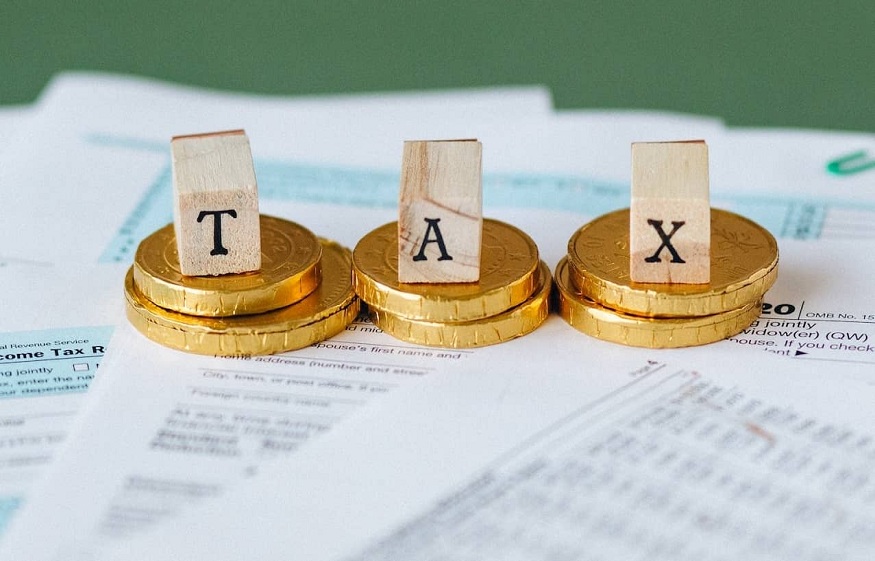Trading in financial markets can be a great way to make money. Yet, it’s important to remember that it’s also a high-risk activity. While trading carries risks, there are also ways to mitigate these risks and increase your chances of success. Managing your finances effectively is key to successful trading, which means saving and calculating each trade carefully. Various tools and techniques can help you do this, from a free demat account to trading journals and online calculators.
In this post, we’ll explore different strategies to help you save money on your trades and accurately calculate potential profits and losses. If you follow these tips and make use of the right tools, you can make informed decisions, minimize losses, and increase your chances of success.
The Best Way To Save On Trade
Keeping money in your pocket is a big part of trading. If you can save money on every trade, you’ll be able to make more in the long run. Here’s how you can save money on trades:
Place Limit Orders: Demat accounts allow you to place limit orders while trading securities. In a limit order, you specify the price at which you wish to buy or sell a security. This ensures that you do not pay more than you should or sell too low. In the long run, this will lead to significant savings, since you will be able to execute trades at the most advantageous rates.
Make sure you don’t place market orders: Buying or selling something at the current market price is a market order. Although convenient, market orders are also risky since they may cause you to pay more than you intended or to sell securities below their value. So, to reduce the risks associated with trading, avoid market orders.
Compare Brokerage Fees: Depending on your broker, brokerage fees may vary greatly. Nevertheless, by comparing brokerage fees, you can save money on each trade. Make sure you select a reputable broker with a proven track record.
Set A Stop-Loss Order: An order to sell a security if it reaches a certain price is referred to as a stop-loss order. With a stop-loss order, you can limit your losses and avoid disasters with your trades. Long-term, this may save you money.
Now that you know how to save money on trades, let’s discuss how to calculate them.
How To Calculate Your Trade
Another thing to keep in mind when trading is calculating your trades. Having an accurate picture of your trades will help you make better decisions and make more money. To help you calculate your trades effectively, here are some strategies:
Know Your Risk Tolerance: What level of risk are you willing to take? To trade successfully, you must determine it properly. You can determine your risk tolerance based on your financial situation, investment goals, and personal preferences. Once you know your risk tolerance, you’ll be able to calculate your trades more accurately and make better decisions.
Use Risk Management Strategies: You can maximize your profits and limit your losses with risk management strategies. To limit potential losses, stop-loss orders are popular. They let you automatically sell securities at a predetermined price.
You can also spread risk and protect yourself from market volatility by diversifying your portfolio. As well, leverage can increase your returns, but it should be used cautiously since it can also amplify your losses. You can potentially increase your profitability by utilizing these risk management strategies through demat apps.
Make use of technical analysis: The technical analysis method is a popular way to analyze market trends by studying charts and other technical indicators. With this approach, you can identify patterns, trends, and potential market movements in order to make informed trading decisions.
Technical analysis includes many tools and techniques to analyze market data, such as moving averages, Bollinger Bands, and candlestick charts. With these tools, you can calculate potential profits and losses and determine entry and exit points. If you master technical analysis, you can make timely and informed decisions.
Write down your trades in a trading journal: You can track your trades and analyze your performance over time by keeping a trading journal. Trading journals help you identify trends and patterns in your trades, and make appropriate adjustments.
Conclusion
The key to successful trading in financial markets is saving and calculating. You can limit your losses and increase your chances of success by using various risk management strategies such as stop-loss orders, diversifying your portfolio, and utilizing leverage wisely. You can also save money on your trades by placing limit orders and comparing brokerage fees.
It is also essential to maintain a disciplined approach when trading. Oftentimes, emotions can cloud judgment and cause impulsive decisions that lead to significant losses. However, you can stay focused on your long-term goals by creating a trading plan and adhering to it throughout the year, regardless of short-term market fluctuations.
Furthermore, the best way to calculate trades is to know your risk tolerance, employ risk management strategies, master technical analysis, and keep a journal. With the right tools and following these tips, you can make informed decisions and increase your profits over time. Moreover, to help traders save and calculate their trades, well-known financial firms like Kotak provide a range of services, tools, and resources. These advanced features include financial discipline, risk management, and informed decision-making.





